The FIA has officially introduced a new concept for Formula 1‘s 2026 regulation changes to prevent major performance gaps between engine manufacturers.
Following the latest World Motor Sport Council meeting, the FIA has agreed on a mechanism titled Additional Development and Upgrade Opportunities (ADUO).
The overhaul to the technical rules will see teams continue to use the existing 1.6-litre V6 hybrid engines, but with the MGU-H and run using sustainable fuels.
Additionally, the 2026 season will also introduce new competition in the power unit field.
Audi will make its F1 debut, and Red Bull Powertrains will produce its first fully in-house engine in partnership with Ford, while Honda partners with Aston Martin.
All these changes to the sport next season have the FIA expecting a rather large performance disparity between teams.
Thus, it has introduced the ADUO initiative, aiming to stop a repeat of the last power unit regulation change.
In 2014, Mercedes capitalised on new hybrid rules to dominate F1’s first turbo-hybrid era.
Their early advantage, combined with restrictive development, led to a prolonged period of imbalance across the grid.
With ADUO, the FIA aims to avoid repeating that pattern, ensuring that no single manufacturer runs away with the new rules before others have a chance to catch up.
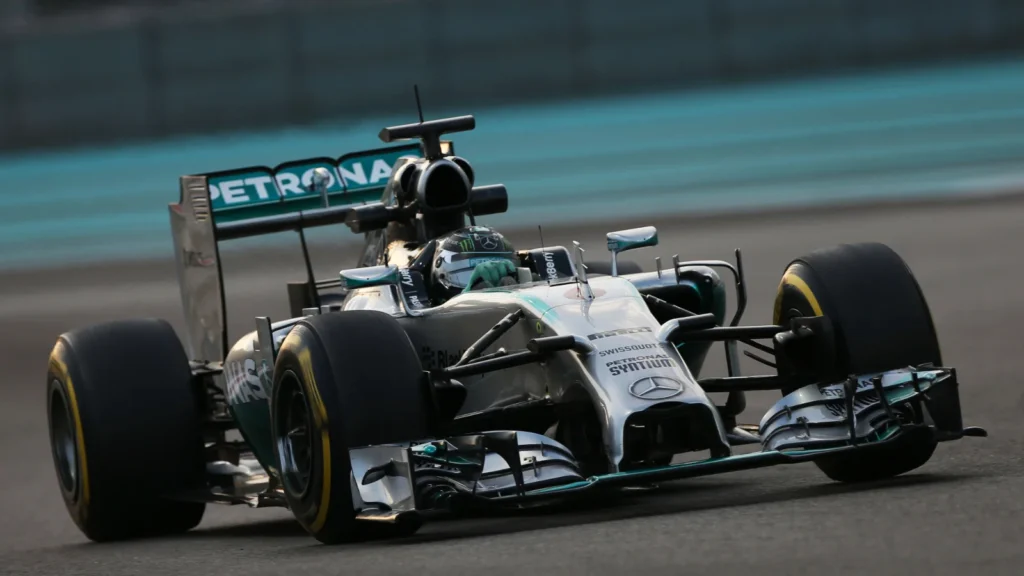
What is the ADUO?
According to the FIA, the ADUO framework is designed to provide greater development opportunities for power unit manufacturers who are significantly behind.
With a 24-race calendar planned for 2026, the FIA will assess power unit competitiveness at three stages throughout the season, after Races 6, 12, and 18.
Should any manufacturer be found underperforming, the FIA may grant assistance to suppliers, which will be done through additional relief on the cost cap front.
Teams may also receive extra development hours on power unit test benches, as well as homologation adjustments to permit technical revisions where necessary.
In addition, specific measures will be in place to assist manufacturers suffering from serious reliability issues that are deemed to be very damaging under the cost cap.
The FIA’s intention with ADUO is not only to prevent dominance but also to sustain manufacturer engagement.
If a brand falls behind early, it will be harder to catch up, locking them out of competitiveness for years in the series.
However, under ADUO, underperforming power unit manufacturers will be helped out by the FIA, allowing for greater competitiveness in the sports future.
In effect, ADUO introduces a “safety net” for all manufacturers, ensuring that early winners cannot extend their lead indefinitely.
Building F1’s future with the Concorde Agreement
Beyond the technical matters, the World Motor Sport Council also addressed progress on the next Concorde Agreement.
This is the commercial and governance framework that unites the FIA, Formula One Management (FOM), and the teams.
FIA President Mohammed Ben Sulayem expressed optimism about the talks.
“As we continue our positive discussions with FOM and the teams to conclude the new agreement, together we have the chance to make history,” Ben Sulayem said.
“Our close collaboration will enable the championship to continue to grow globally, attracting an ever-increasing number of fans and delivering a future that will enable the FIA to consolidate its role as the regulator.”
Formula 1’s CEO and President Stefano Domenicali furthered these sentiments.
“Thanks to the FIA, volunteers, and ASNs for all their commitment and effort.
“This is an incredible moment, with our two roles working with clarity towards a strong future.
“We have built good momentum over the past few months and made great progress to ensure sound governance for the sustainability and well-being of the sport.”
READ MORE – Nico Hulkenberg warns against ‘assumptions’ already made of 2026 F1 cars

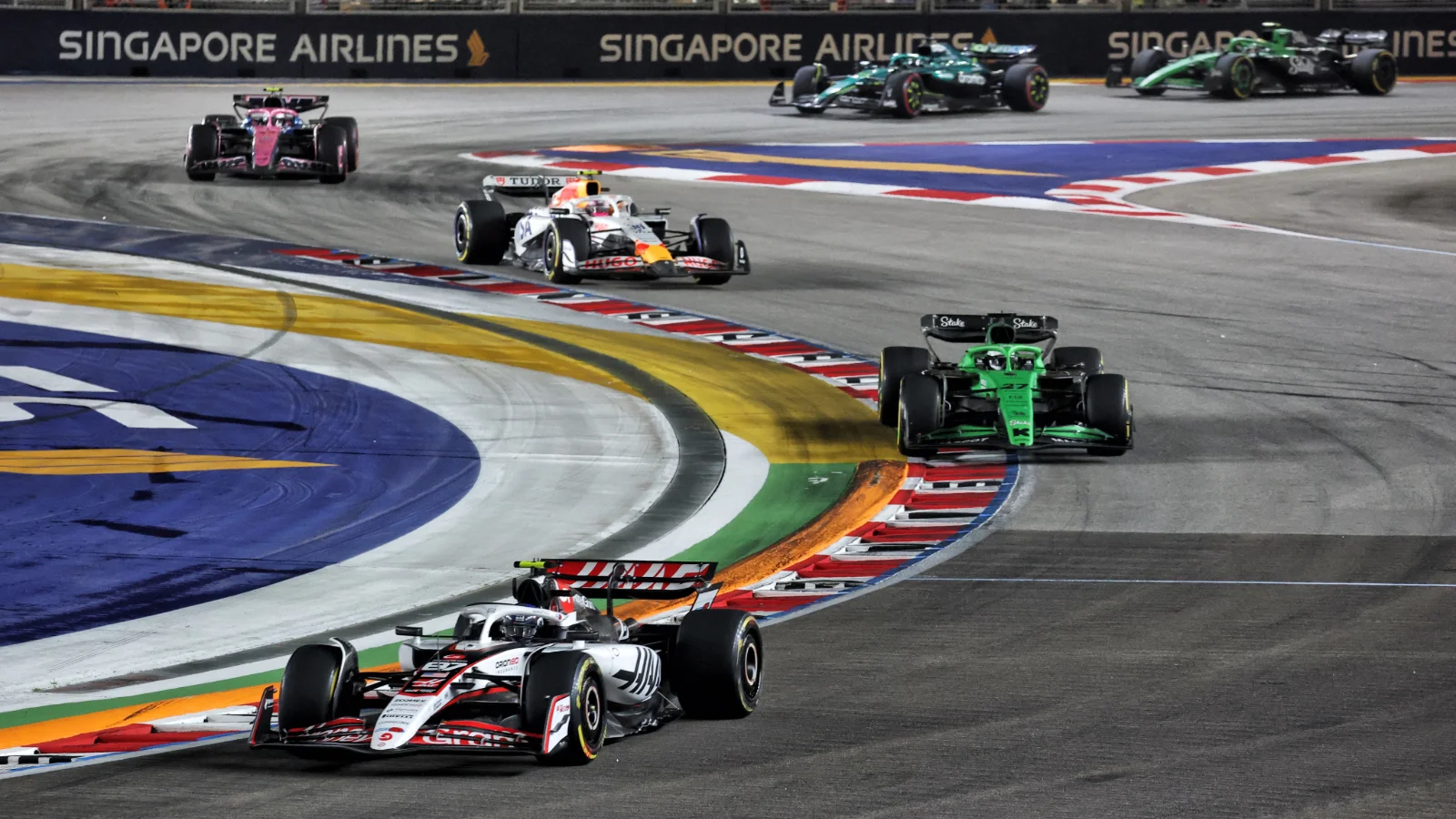


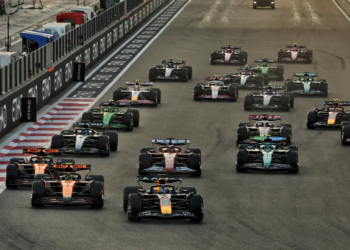

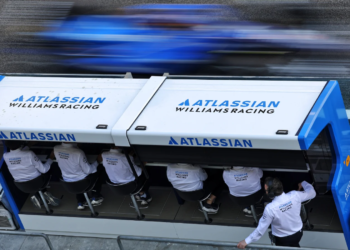


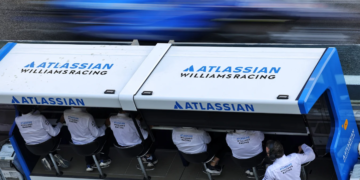
Discussion about this post